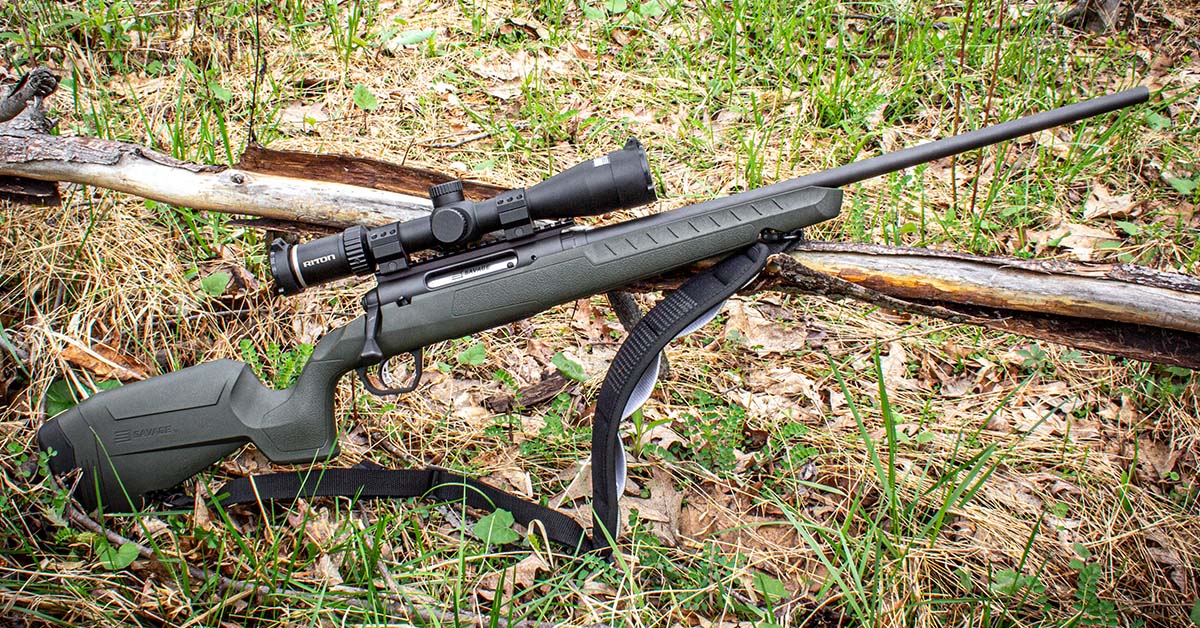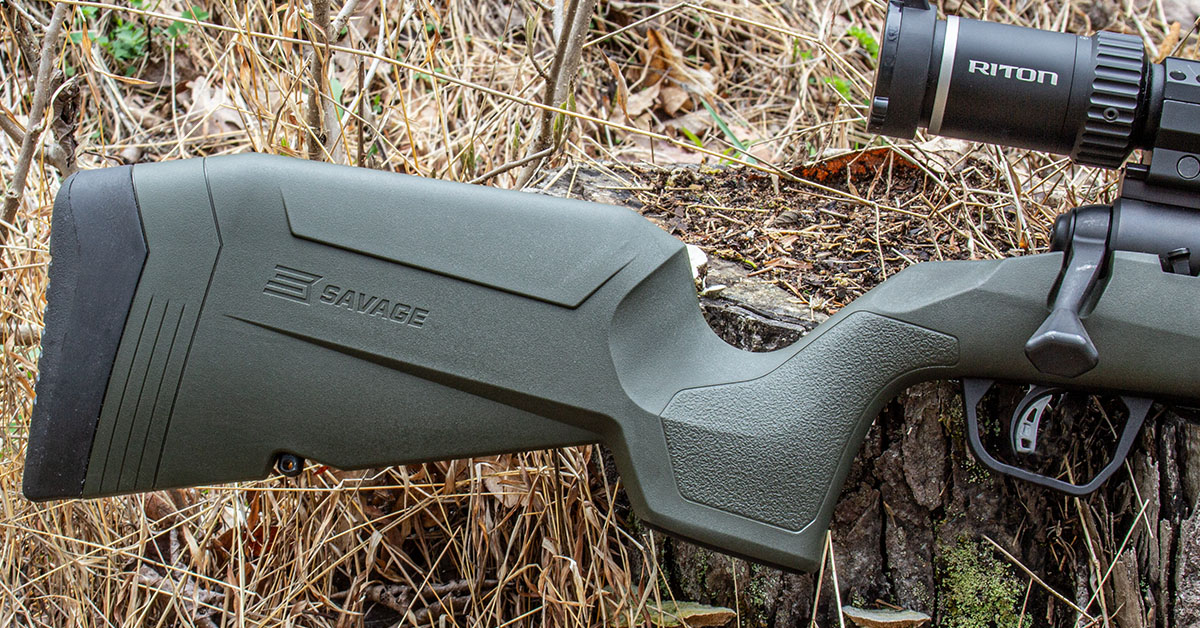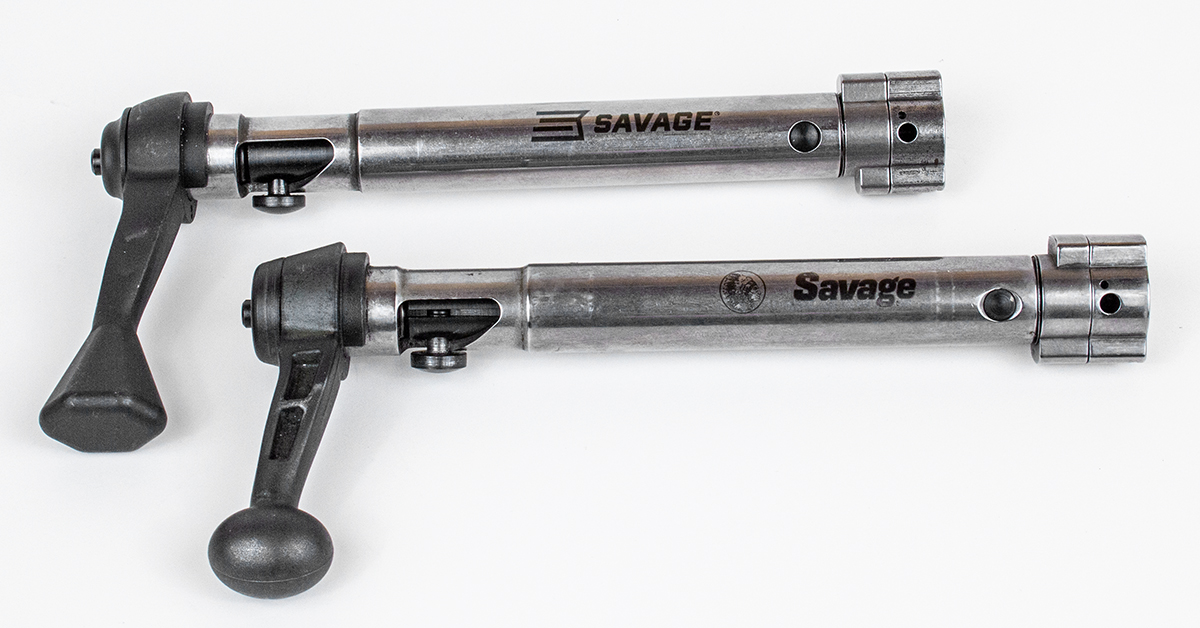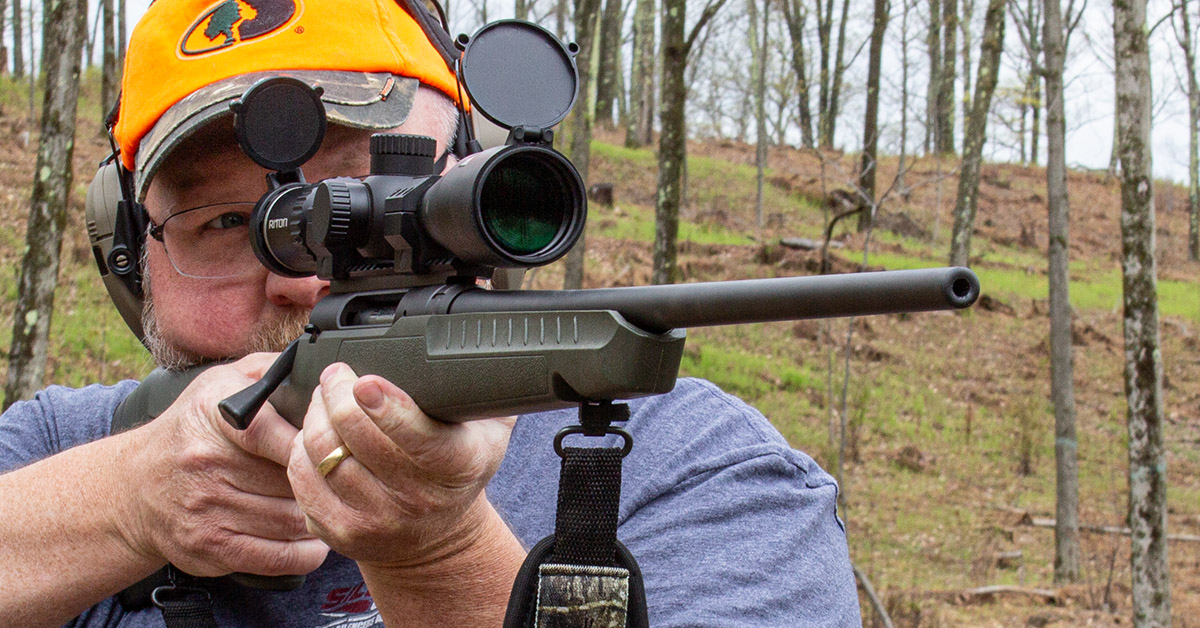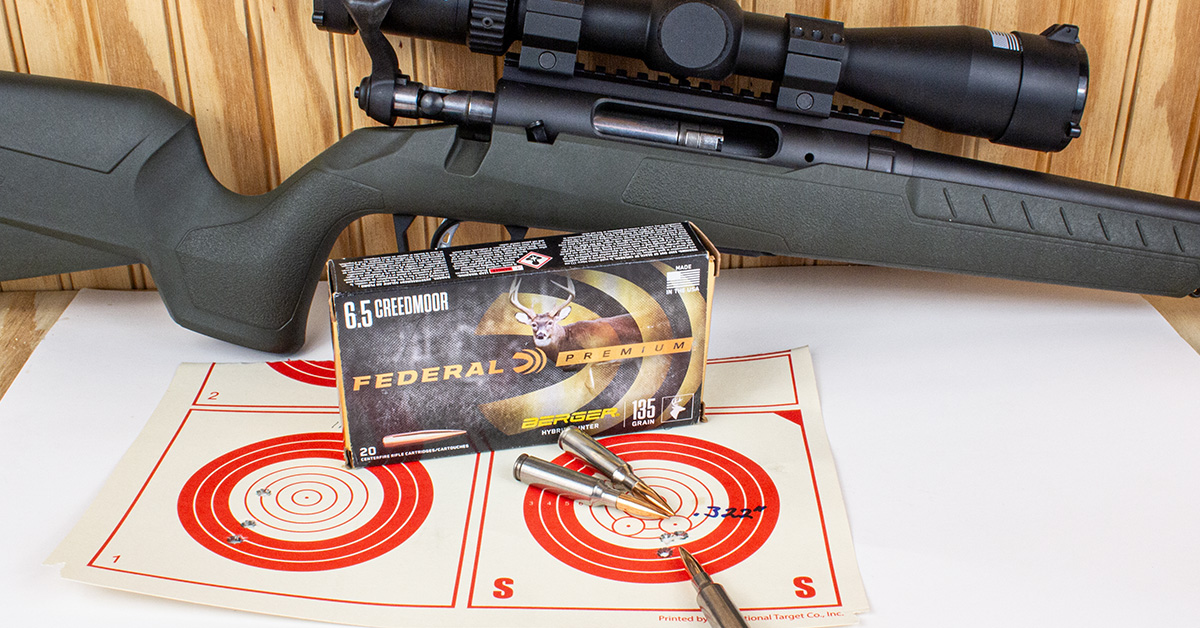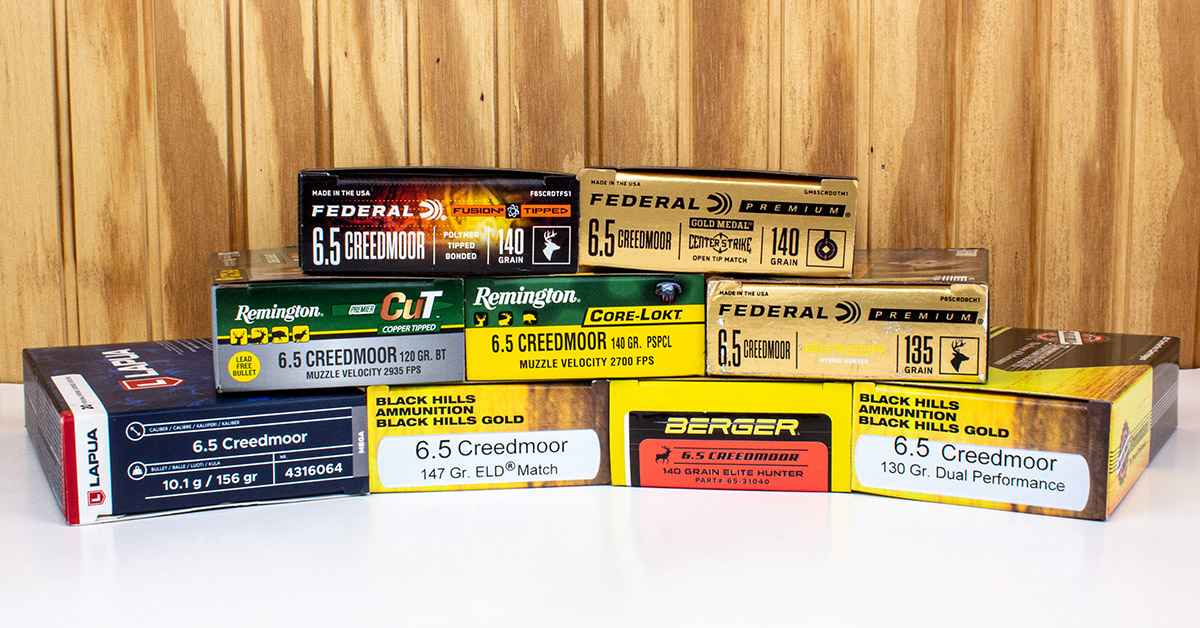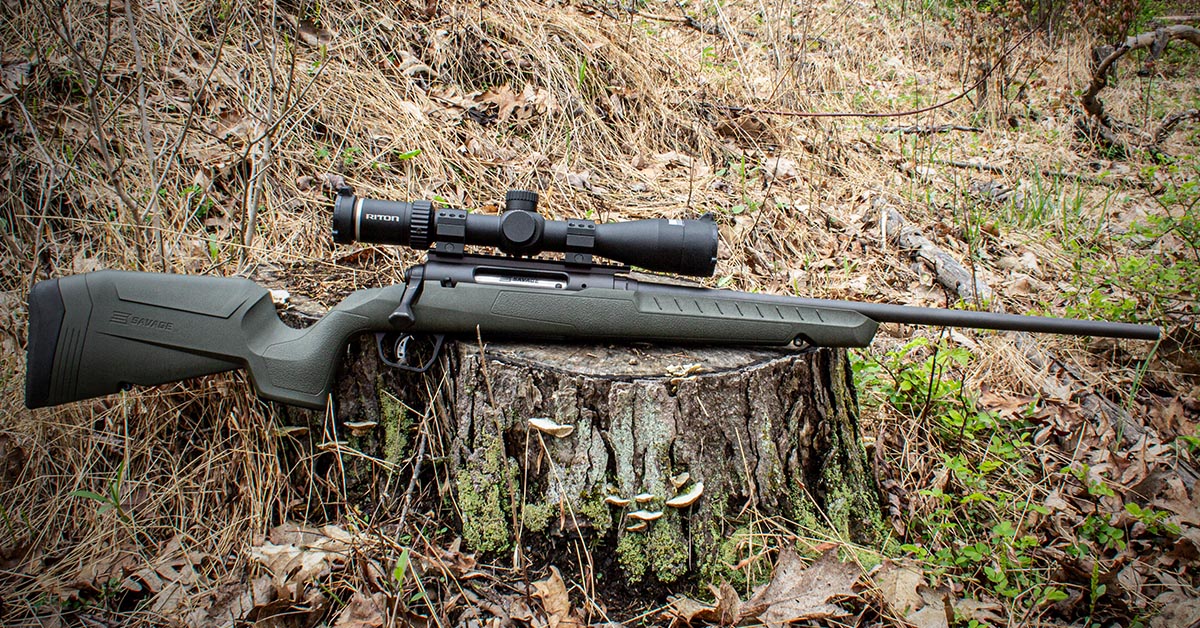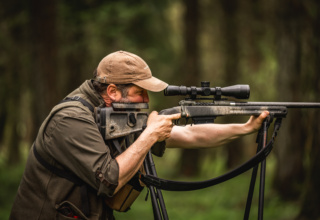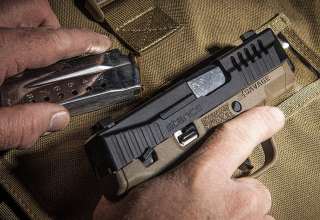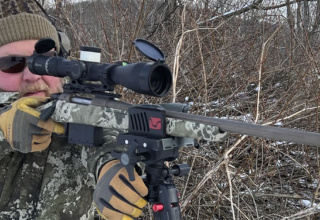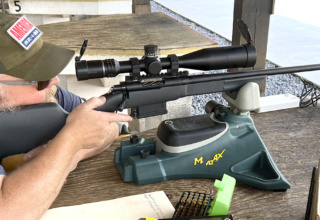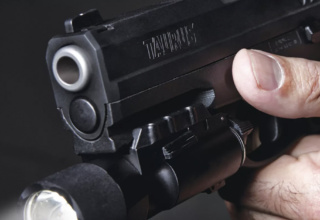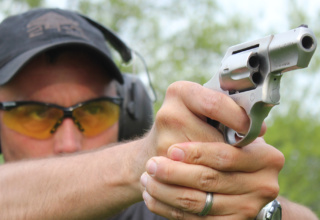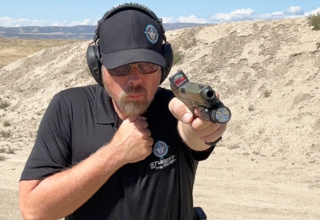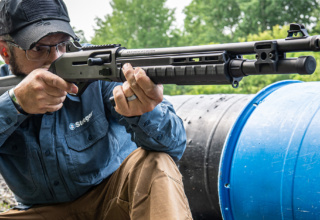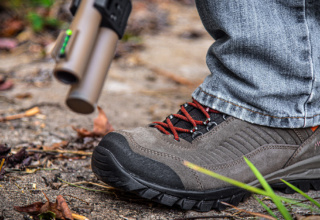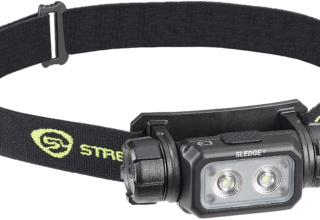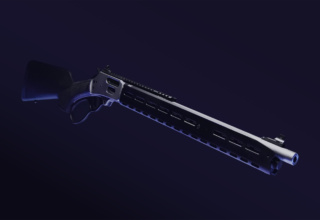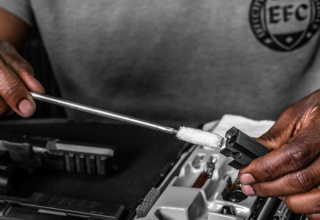Savage unleashes “Axis Power” with the next-generation Axis 2 series hunting rifles
by Jeromy Knepp
In 2010, there was a movement for affordability in the firearms market. This was about the time that manufacturers were starting to hit the boundaries of accuracy with factory rifles. Savage, known for its barrel nut, turned people on or turned them away. The venerable 10/110 and 12/112 series rifles were all being fitted with the Accu-Trigger along with quality components from the butt pad to the barrel crown. The sub-MOA rifle had begun!
From personal experience, my model 12 VLP Stainless Steel rifle would shoot bug holes with proper handloading. The factory barrel was accurate and accepted many bullets with ease. But there is a caveat to this rifle. Factory pricing put this it in the $900 range in retail stores. The least expensive would have been the Stevens Mod 200 or the Model 12FV. Both retailed for $250 to $350. These were basic rifles with internal magazines. As popularity grew, so did the price.
This was the birth of the Axis rifle. Why was it necessary? Savage felt they could produce a high-production rifle with upgrades and affordability. The Axis provided a hunter with the options of a detachable box magazine and smooth action. For less than $300 retail, these more expensive options could be attained.
A New Plan
After many years of a successful run with the original Axis platform, something new was needed. The original Axis 2 (we’ll call it 1.0) in 2018 provided the option of the Accu-Trigger, effective to give trigger adjustability to a heavy original trigger. You could now select from two pounds up to four pounds of trigger pull. This quickly became a popular solution to create better accuracy. I do remember individuals online who started to outfit their Axis rifles with aftermarket stocks. MDT was one of the first to provide an aluminum chassis. Other manufacturers like Stocks and Boyd’s quickly joined the fray in providing stock solutions.
Axis 2.0
From my perspective, Savage knew they hit on something with the Axis 2 (1.0) by installing the Accu-Trigger. Affordability was still there, and hunters loved it…except for the barrel nut haters. That’s another topic for another day. Savage went out of its way to create a new standard in this rifle series.
Last year brought a new generation of changes for the Savage Axis 2 family (as we’ll call it). With new designs by Ruger, Mossberg, Winchester, and CVA, they needed a budget-friendly rifle to stand out. Not to mention Taurus, of all companies, which came out with their new and first rifle that is feature-packed.
Designers for Savage had their hands full and so put pencil to paper. Well, maybe more like computer mouse to CAD. Regardless, they got busy. What did they produce? The stock is a great place to start.
Savage designed the new Axis series with a more ergonomic stock, creating a pistol grip area with a steeper pitch. This allows for enhanced comfort and greater control. Savage also added stippling in the pistol grip area and the forearm forward of the receiver area for better purchase. More aggressive ribs were placed at the top of the forearm, providing a thumb channel to manage recoil and aiming.
Someone needs a medal for this design. The Axis 2 now has recessed sling swivel studs. Anyone who has tried to shoot from bags knows the struggle.
A couple other designs also helped move the Axis 2 into the future. To accommodate gloved hunters in cold weather, the Axis 2 utilizes a larger trigger guard.
Savage also designed a larger, multi-flat bolt knob. This allows an easier purchase for the gloved hunter or those in a hurry to feed a new round.
Savage maintained the original box magazine design. Taking my Axis 2 apart reveals a familiar footprint. The recoil lug is mounted securely in the stock, still seperate from the action. Two steel pillar sleeves create strength for the action screw inlets in the injection-molded plastic stock.
Axis 2 Options
As always, Savage gives you options. The Axis 2 family provides multiple configurations.
For the hunter who prefers a scoped, ready to shoot out of the box rifle, there is the Axis XP. This is the original Axis with the new stock design (black only) and a 3-9×40 scope. It also uses a standard trigger. MSRP starts around $479.
The second option is the Axis 2 fitted with the Accu-Trigger for trigger weight adjustability. Color options include Gray, OD Green, and Flat Dark Earth. The standard Axis 2 comes with a multi-slotted 2-piece Weaver-style base. This model can be had in right- or left-hand configurations and compact rifles, depending on the chambering. MSRP for the Axis 2 is $489.
The third option is the Axis 2 XP. This rifle, like the Axis XP, comes with a bore-sighted, pre-mounted 3-9×40 scope. You can purchase it with all the aforementioned upgrades of the Axis 2. One additional option comes with a hardwood stock. Like the injection molded stock, the hardwood stock also features aggressive stippling for maximum purchase in wet hunting environments. MSRP is $549 for the Axis 2 XP standard stock and $689 for the hardwood option.
The fourth and final option is the Axis 2 Pro. Whether you are a pro or a hunter wanting a little more from a factory option, Savage steps up its game with this rifle. The Axis 2 Pro comes in two different camo patterns — Savage Woodland or Savage Western. To protect the metal, Savage opted for a Cerakote finish. Savage designed the Axis 2 Pro with a heavyweight contour barrel with a threaded muzzle to accommodate a suppressor or brake. Also provided is a Picatinny rail for optic mounting. MSRP starts at $599.
All models are available in the following cartridges: .223 Remington, .22-250 Remington, .243 Winchester, 6.5 Creedmoor (tested), 7mm-08 Remington, .308 Winchester, .350 Legend, .400 Legend, .25-06 Remington, .270 Winchester, and .30-06 Springfield.
Range Time
How did it shoot? It shot quite well. Removing the two-piece bases, I installed an EGW 20 MOA Picatinny rail. Mounting the Riton Primal X5 5-15×44 helped to get bullets on target. I loved the recessed swivel sling studs.
Using ammunition options from Remington, Federal, Lapua, Black Hills, and Berger produced good groups. Recoil felt a little heavy. I don’t know if that was due to the light weight of the rifle or the stock. Still, very manageable. Savage did put a good, soft recoil pad on the stock.
All groups were shot from a Caldwell BR front rest with a rear bag. Groups were delivered in three, three-shot strings at 100 yards.
All loadings shot well, with most keeping under two inches. Black Hills Dual Performance copper was the only offending loading, with a +2-inch group average. In contrast, two loadings shot with averages under 1-inch. Federal’s 135-grain Hybrid Hunter came in at 0.875 inches with a best group of 0.391 inches. The second-best average was the Federal Gold Medal Match 140-grain BTHP at 0.929 inches, with a best group measuring 0.631 inches.
One anomaly that occurred was with the Black Hills Dual Performance. Not only did it shoot the largest group, but it left some funny-looking holes. With a 1:8 twist factory barrel, the Axis 2 should handle a monolithic 130-grain bullet; however, most of the shots had signs of keyholing. I’m not sure if that is the barrel or the bullet design. The Axis 2 shot the 120-grain Remington CuT bullets without issue.
- Federal Fusion Hybrid 135-gr.: avg. vel. 2779 fps, SD 12, ES 36, avg. group 0.875 in.
- Federal Gold Medal Match 140-gr. BTHP: avg. vel. 2635fps, SD 27, ES 89, avg. group 0.929 in.
- Remington Core-Lokt 140-gr. PSP: avg. vel. 2605 fps, SD 38, ES 121, avg. group 1.086 in.
- Black Hills Gold 147-gr. ELD-M: avg. vel. 2553 fps, SD 16, ES 53, avg. group 1.223 in.
- Remington CuT 120-gr. Tipped: avg. vel. 2889 fps, SD 8.3, ES 21, avg. group 1.477 in.
- Federal Fusion 140-gr. PSP: avg. vel. 2695 fps, SD 23, ES 57, avg. group 1.496 in.
- Lapua Hunting 156-gr. RSP: avg. vel. 2672 fps, SD 31, ES 91, avg. group 1.510 in.
- Berger Elite Hunter 140-gr. Hunter: avg. vel. 2701 fps, SD 20, ES 56, avg. group 1.946 in.
- Black Hills Dual Performance 130-gr. Mono: avg. vel. 2808 fps, SD 21, ES 53, avg. group 2.432 in.
Final Thoughts
The new Axis 2 is a solid performer. One improvement that could carry over to the 10/110-14/114 series rifles is the bolt performance. This is the first Savage in a long time where feeding from the magazine is a smooth process. Most Savage owners’ biggest complaint is a lack of smooth feeding when actuating the bolt.
I very much enjoyed the engineering and forethought put into the stock design. It is comfortable and user-friendly. Its light weight will carry well, whether you are trekking through the Appalachians or crossing an open prairie. The larger trigger guard and flush-mount sling swivel recess are definite improvements. Overall, well done, Savage.
- FIELD TEST: Savage Axis 2 - July 25, 2025
- TESTED: CVA Cascade Varmint Hunter - February 24, 2025
- TESTED: Taurus Expedition Bolt-Action Rifle - August 27, 2024

